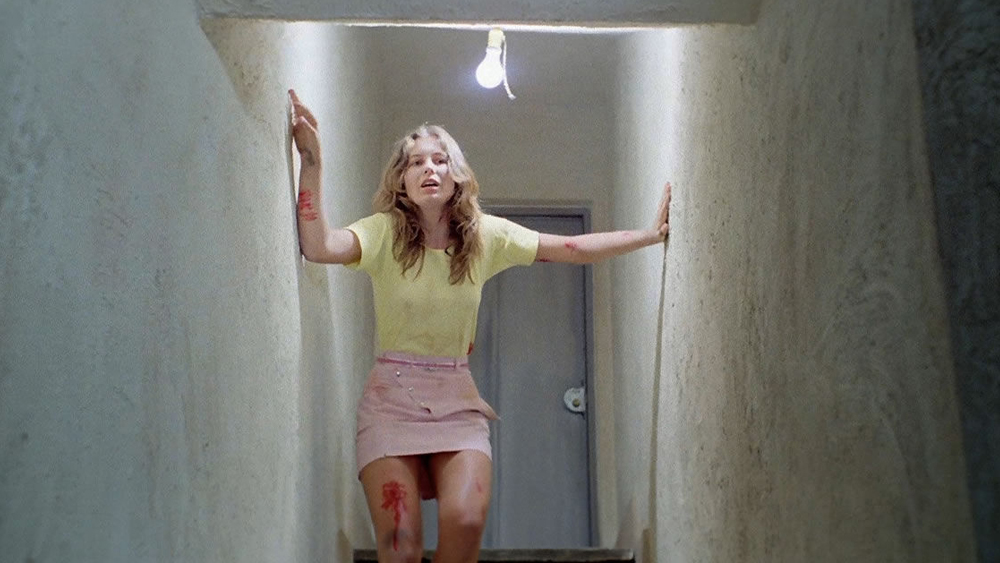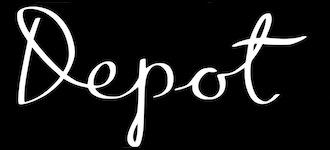
Talk: Video Nasties
45mins Certificate: 18Talk: Video Nasties
Part of Video Nasties
Led by Depot's Chair of Trustees, Robert Senior
One of the developments that was thought to spell the demise of cinema-going (along with television, Netflix and Covid) was the advent of the video cassette recorder (VCR) in the late 70s. Initially playing VHS or Betamax tapes the device meant that people could watch films at home by renting them either through the post or from small local video rental shops.
The quality was generally poor and the mainstream distributors initially avoided the option, concerned about video piracy (which did indeed become a big thing) and the potential cannibalisation of cinema sales. This meant that a lot of smaller independent films were rented out with an emphasis on exploitation titles, complete with lurid covers. These primarily originated with those shown in US “grindhouse” cinemas or from Italy, where “giallo” filmmakers were pushing the envelope in terms of ultra violent contents.
The fun began to kick off when it became clear that the British Board of Film Censors (now Certification) had no powers over video rental releases. The only protection was the police evoking a 1950s obscenity law which was no longer fit for purpose. With no controls in place some extremely graphic films entered typically puritanical British homes.
Then into the fray came Mary Whitehouse…
What happens next will be the subject of this talk about the history of video nasties. We are also screening four of the 73 films which were initially banned - The Evil Dead, Tenebrae, Zombie Flesh Eaters, and Possession
